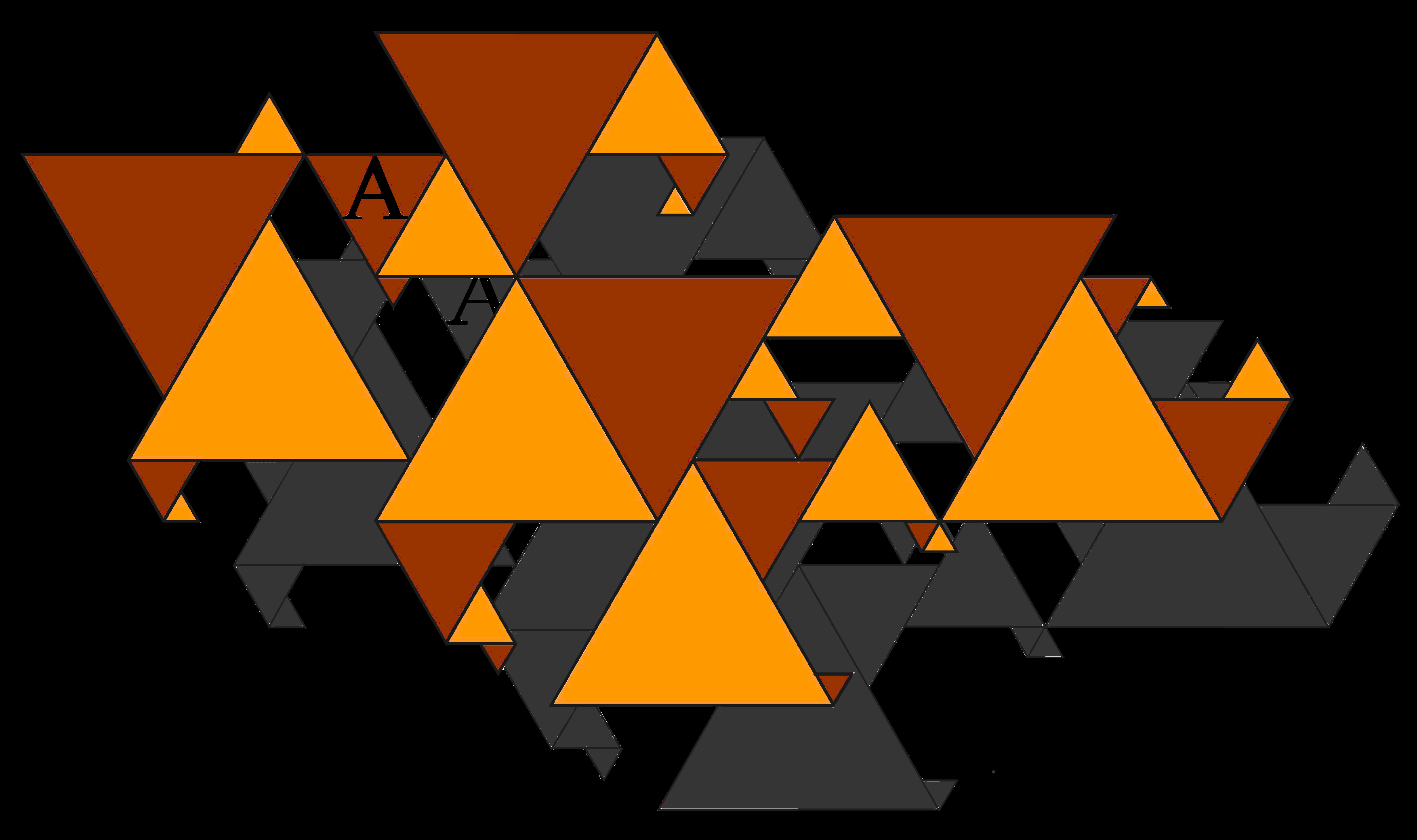
FMA SYMPOSIA series (2011-2026)
Formal Methods in Architecture

FMA SYMPOSIA series (2011-2026)
Formal Methods in Architecture
The 'Formal Methods in Architecture' Symposia are a set of events for the debate and dissemination of Formal Methods applied to Architecture and Urban Studies, ipsum est those that use the explicit and rigorous languages coming from the mathematical sciences.
The Symposia series began in 2011 and has a biennial period.
They began to be performed by ESAP in its hometown (Porto - Portugal), but have had editions in other cities.
The 7th edition was back to Porto, between the 3rd and the 6th of December 2024.
The 8th edition (2026) will be announced soon.
The main purpose of this symposium is a contribution to the debate in the fields of Architecture and Urbanism on the application of new formal methods to emerging societal and technical problems.
Formal methods will be focused on methodological advances based on new developments coming from collaborative work with Mathematics and Computer Sciences which enables several different grades of abstraction and formalization.
From the millennial geometry to current shape grammars, several formal approaches to Architecture and Urbanism are welcome to be presented.
The aim of the symposium is to discuss, disseminate and promote the use of formal methods in the creation of new explicit languages for problem-solving in Architecture and Urbanism.
We will discuss current problems in the field and the potentials and drawbacks of the use of formal methods to address them.
These problems range from production, sustainability, representation, communication, heritage among others, never ceasing to see Architecture and Urbanism as technological activities and well as artistic ones.
These symposia are addressed to:
Architects
Urban planners
Landscape designers
Civil engineers
Computer Scientists
Students of these fields
The "Formal Methods in Architecture" Symposia series is an initiative of the following departments of ESAP / Escola Superior Artística do Porto (Arts University School of Oporto):
LIAD - Laboratório de Investigação em Arquitectura e Design (Laboratory for Architecture and Design Research)
DA - Departamento de Arquitetura (Architecture Department)
MIA - Mestrado Integrado em Arquitetura (Integrated Master Degree in Architecture)
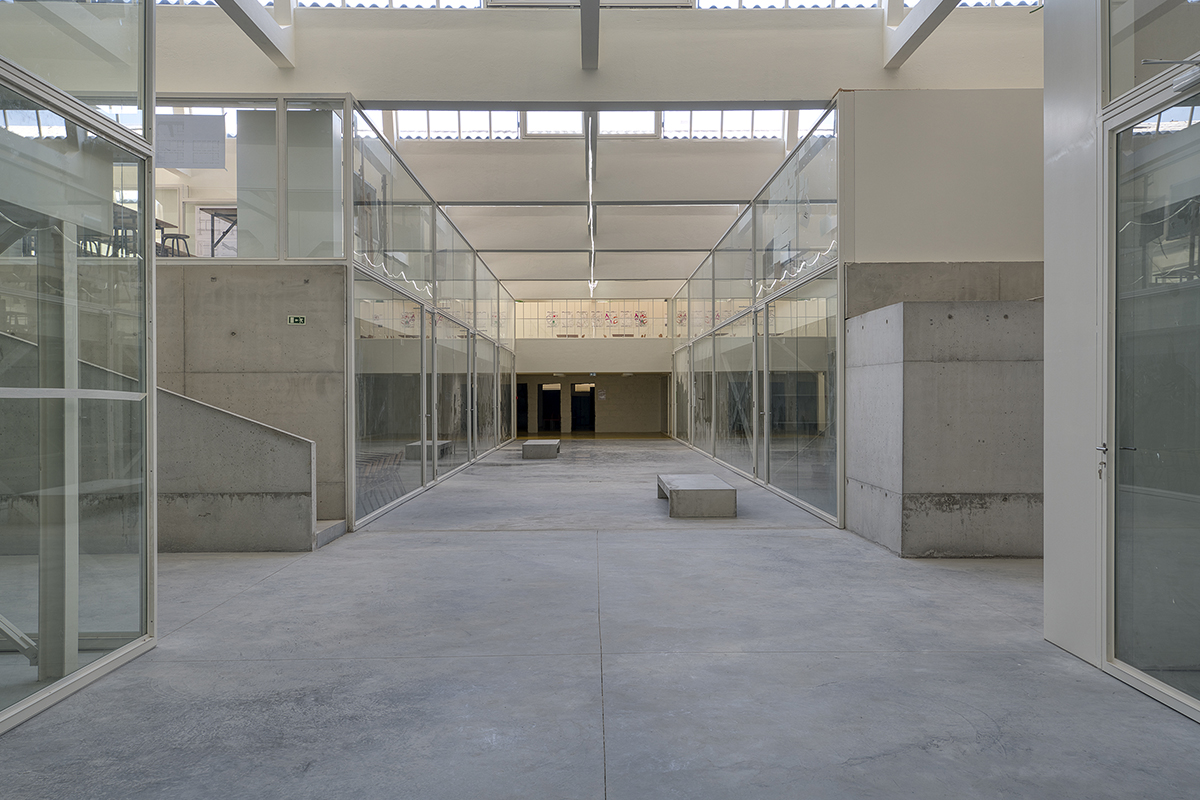
ESAP
ESAP-Escola Superior Artística do Porto is a Arts University in Oporto - Portugal, established in 1982.
The teachings here practiced are the various media that configure contemporary artistic and architectural production.
Through an interdisciplinary practice, students construct their referential field, as a space of confrontation, in which different experiences and multiple theoretical-practical perspectives intersect.
follow us:

LIAD
LIAD is a center for studies that aims to develop and frame research activities, whether artistic, scientific or of technological development in the disciplinary fields of Architecture, Building and Urban Planning, supporting the development of academical research.
It promotes collaboration with the activities developed under the courses and organizational research units of the ESAP, also seeking to establish a dynamic relationship with the outside world, through protocols of service and collaboration with other institutions.
It promotes the disclosure of the results of research activity, organizing events of scientific, cultural and artistic nature, as well as other kind of similar initiatives.
follow us:
The symposia focus on scientific fields whose areas of application use methodologies that stem from the mathematical and computer sciences, especially those that have witnessed recent developments.

(image from Concinnitas, CRL)
GIS-Geographic Information Systems
BIM-Building Information Model
IFC-Industry Foundation Classes
Ontologies for the built environment
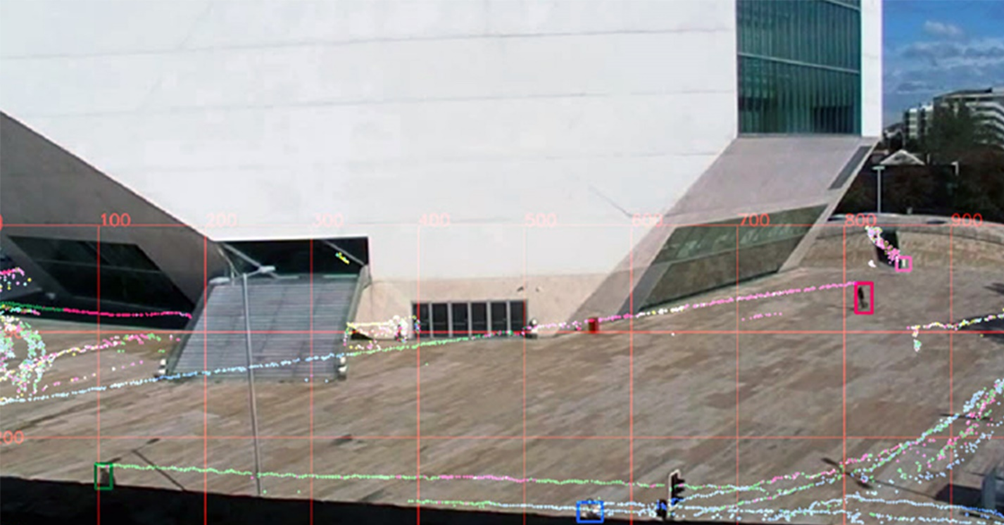
(image from 3FMA - 'Identifying Casa da Música Space Intensity Patterns'; Antón Tejada, David Leite Viana, Lígia Nunes)
Tracking and mapping methods (video, GPS, WiFi, ISP, IoT, cellular phones)
Biometric sensing
Surveying
Photogrammetry and 3D scan (drones, photo, laser)
Machine Learning
Computer vision

(image from 4FMA - 'RE:92GRID, Fragmented Parts and Unified Whole'; Giacomo Pala)
CAD
Renderings and animated motion
Mixed Realities (Virtual, Augmented)
Human-computer interaction

(image from 4FMA - 'Supergrid - a Generative Grammar for a Kit-of-Parts Pedagogy'; Pedro Engel)
CAM
Scale models
3-4-5D BIM
automated manufacturing
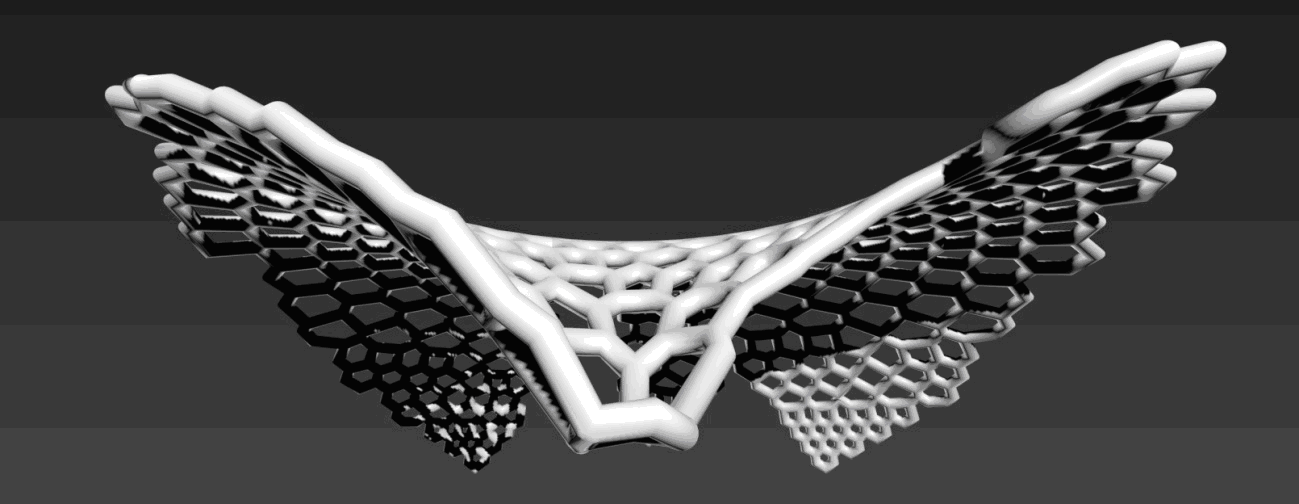
(image from 4FMA - 'Generative Biomorphism'; Ricardo Massena Gago)
Parametricism
Generative design
Shape Grammars
Processing
Advanced reasoning artificial inteligence tools

(image from Cyberoikos, Lda.)
Participatory urbanism
Participatory architecture
Smart buildings
Smart cities
Life Cycle Management
6-7D BIM
Facilities Management
Flow and crowd management
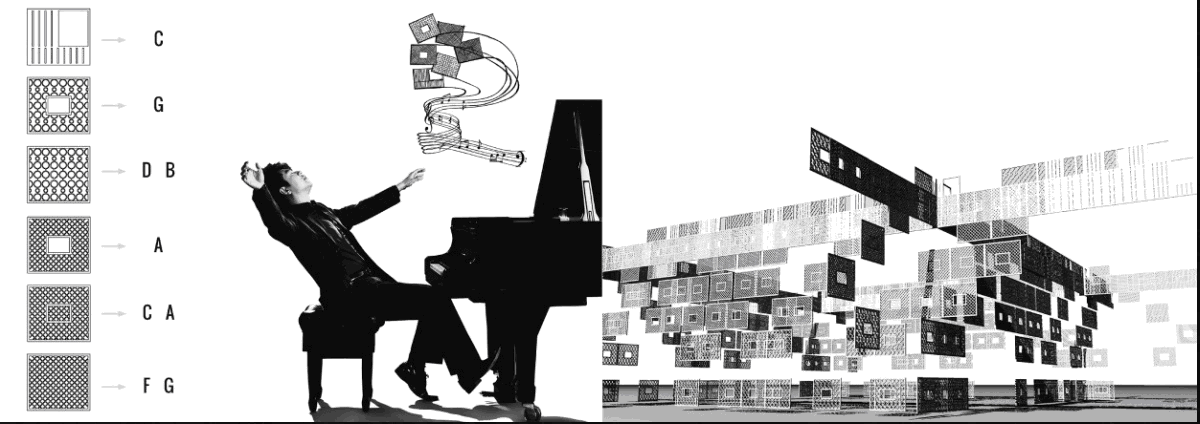
(image from 4FMA - 'Form Finding and Generative Systems; a Theoretical and Applied Research Project'; Gonçalo Castro Henriques, Ernesto Bueno, Jarryer de Martino, Victor Sardenberg and Daniel Lenz)
Teaching methodologies
Learning experiences and digital training
Spatial reasoning through visual programming and coding<
The following scheme positions the several areas of intervention of Formal Methods in Architectural Practice.
(abridged from Viana, David, Morais, Franklim, Vaz, Jorge;"Global and Disciplinary Frameworks for Formal Methods in Architecture" in "Formal Methods in Architecture"; SPRINGER 2019)
